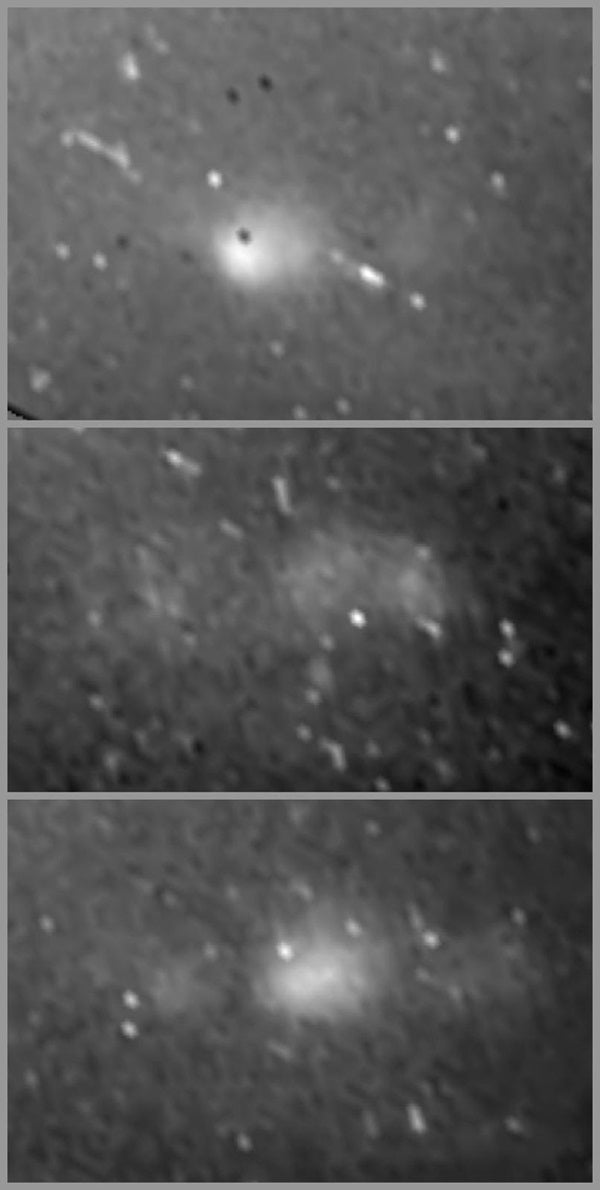NASA’s Cassini spacecraft has captured images of lightning on Saturn. The images have allowed scientists to create the first movie showing lightning flashing on another planet.
After waiting years for Saturn to dim enough for the spacecraft’s cameras to detect bursts of light, scientists were able to create the movie, complete with a soundtrack that features the crackle of radio waves emitted when lightning bolts struck.
“This is the first time we have the visible lightning flash together with the radio data,” said Georg Fischer, a radio and plasma wave science team associate based at the Space Research Institute in Graz, Austria. “Now that the radio and visible light data line up, we know for sure we are seeing powerful lightning storms.”
The movie and radio data suggest extremely powerful storms with lightning that flashes as brightly as the brightest super-bolts on Earth, according to Andrew Ingersoll, a Cassini imaging science subsystem team member at the California Institute of Technology in Pasadena. “What’s interesting is that the storms are as powerful — or even more powerful — at Saturn as on Earth,” said Ingersoll. “But they occur much less frequently, with usually only one happening on the planet at any given time, though it can last for months.”
The first images of the lightning were captured in August 2009, during a storm that churned from January to October 2009 and lasted longer than any other observed lightning storm in the solar system. Results are described in an article accepted for publication in the journal Geophysical Research Letters.
To make a video, scientists needed more pictures with brighter lightning and strong radio signals. Data were collected during a shorter subsequent storm, which occurred from November through mid-December 2009. The frames in the video were obtained over 16 minutes on November 30, 2009. The flashes lasted less than one second. The images show a cloud as long as 1,900 miles (3,050 kilometers) across and regions illuminated by lightning flashes about 190 miles (305 km) in diameter. Scientists use the width of the flashes to gauge the depth of the lightning below the cloud tops.
When lightning strikes on Earth and on Saturn, it emits radio waves at a frequency that can cause static on an AM radio. The sounds in the video approximate that static sound, based on Saturn electrostatic discharge signals detected by Cassini’s radio and plasma wave science instrument.










